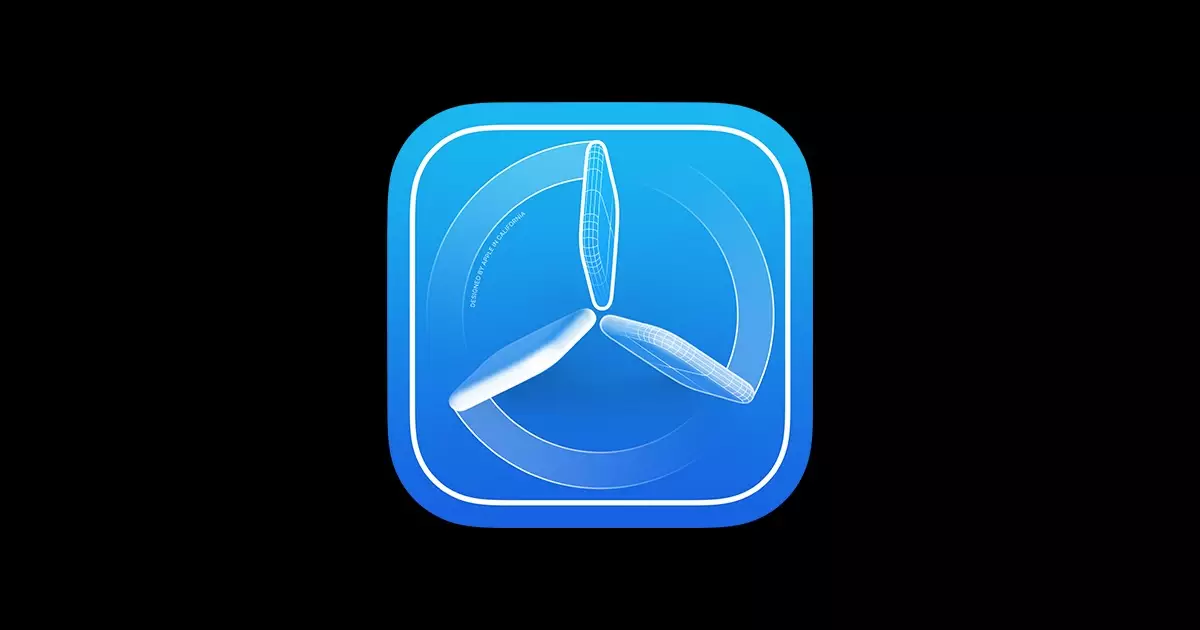Apple’s recent updates to its TestFlight app testing platform signify a major advancement in how developers can manage beta testing for their applications. As part of the iOS 18 rollout, these enhancements empower developers with advanced tools to control the beta testing environment. The latest features not only grant developers greater autonomy over who can participate in their testing but also provide them with analytical insights into the performance and engagement of their beta programs. This strategic shift is likely to optimize the feedback process significantly, enabling developers to refine their apps before public release more effectively.
Insights and Engagement: A Game Changer for Developers
The core of this update lies in its analytical components. Developers can now track essential metrics, such as the number of individuals who viewed the invitation to participate in the beta and the conversion rate of those who accepted the offer. This newfound visibility provides actionable insights into potential barriers that deter some users from joining. By understanding these dynamics, developers can make targeted adjustments to their strategies, enhancing overall engagement and user experience. This presents an invaluable opportunity for developers to gather robust feedback and adjust their offerings to better align with tester expectations.
The enhancements are not limited to developers; beta testers stand to benefit significantly from the revamped invitation process. The redesign provides potential testers with richer information about what they can expect from the app, detailing new features and content soon to be available. This contextual information plays a crucial role in motivating testers to participate, essentially transforming the invite process into a more informative and enticing experience. The inclusion of screenshots and categorization elevates the beta experience, making it reminiscent of browsing in the App Store—a user-friendly approach that encourages a sense of familiarity and ease of engagement.
Targeted Testing: Refining Audience Matching
One of the most notable features of this TestFlight update is the ability for developers to set specific criteria for their beta testers. This allows for a more refined and tailored testing group, enhancing the relevance of feedback gathered during the beta phase. By focusing on certain demographics, device types, or operating system versions, developers can ensure that their beta testers provide relevant insights, ultimately leading to a more polished final product. With a cap of 10,000 invitations, this feature is particularly useful, as it ensures that precious testing spots are allocated efficiently for maximum impact.
As Apple strengthens its TestFlight platform, it may inadvertently threaten alternate app testing marketplaces that have emerged in recent years. Competitors like Airport and Departures have capitalized on providing unique functions, such as curated app categories and inclusion of visual content. However, with Apple’s updates enabling similar features, developers might prefer an integrated solution with TestFlight that offers direct access to Apple’s ecosystem. This change not only enhances the beta testing landscape but also sets a higher standard for competing platforms in terms of user experience and operational ease.
Apple’s TestFlight update transforms the app beta testing landscape. By enhancing developer control, offering substantial insights, and improving the tester journey, Apple positions TestFlight as an invaluable tool for refined application development, potentially shifting the competitive balance in the app testing market.

